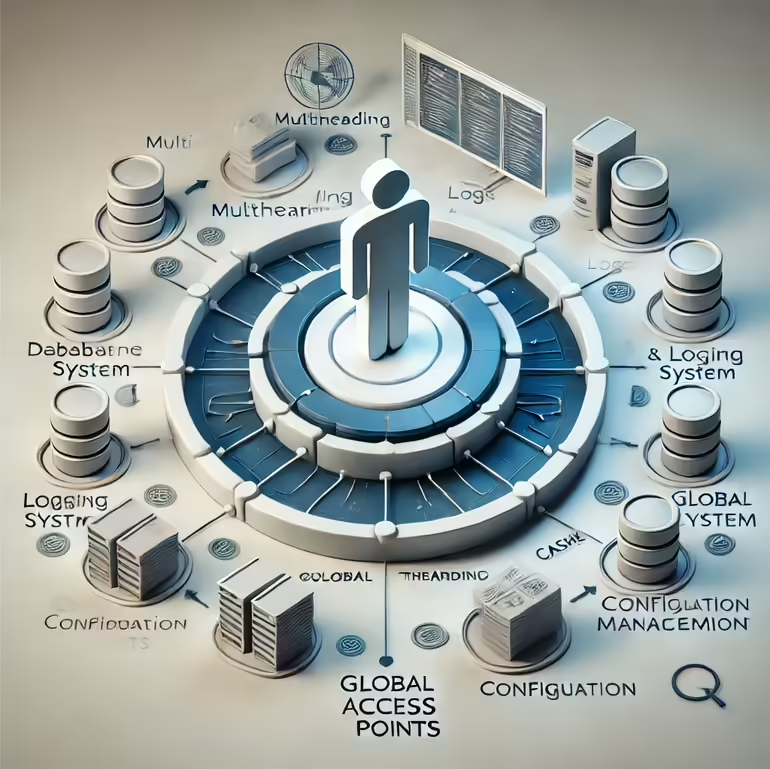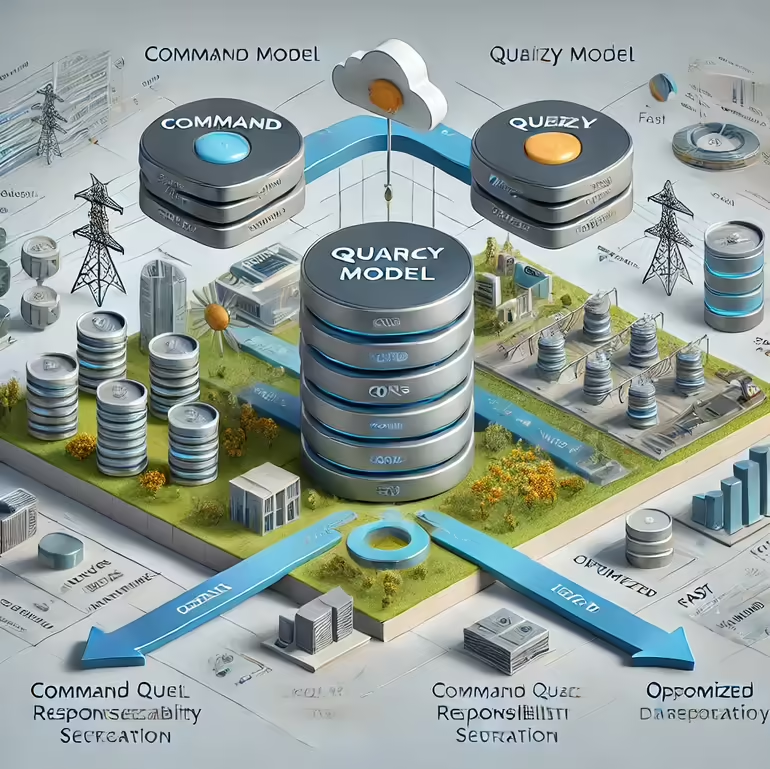The Proactor Pattern:
Enhancing Asynchronous Operations for Modern Systems
In today’s technology-driven world, the demand for high-performance, scalable, and responsive systems is greater than ever. Whether it’s processing a massive volume of transactions, managing real-time data streams, or running non-blocking network operations, modern software systems require architectural solutions that can handle concurrency effectively. One such architectural design pattern that has emerged as a go-to solution for handling asynchronous operations is the Proactor Pattern.
In this blog, we’ll explore what the Proactor Pattern is, how it works, and why it is essential for building responsive applications. Additionally, we’ll highlight how Curate Partners can assist companies in finding specialized talent to implement this pattern effectively, ensuring that your systems operate at peak efficiency.
Understanding the Proactor Pattern
The Proactor Pattern is a key design approach used to handle asynchronous and event-driven systems. It provides a structured way to manage concurrency and I/O operations, enabling applications to handle multiple tasks simultaneously without blocking the main thread.
At its core, the Proactor Pattern decouples the initiation of asynchronous tasks from the handling of their completion. This architecture is highly beneficial in scenarios where applications must perform non-blocking operations—such as network communications, file I/O, or database access—while maintaining responsiveness to user interactions or external events.
Key Components of the Proactor Pattern
Let’s break down the major components that form the backbone of the Proactor Pattern:
Initiator:
The initiator is responsible for initiating asynchronous operations. In an event-driven system, the initiator could be a component that sends a network request, writes to a disk, or triggers any non-blocking task. It starts the process and leaves the completion to other parts of the system.Service Handler:
This component processes the results of asynchronous operations. Once an operation is completed, the service handler is responsible for taking the appropriate actions, such as processing received data or executing necessary business logic.Proactor:
The proactor is the centerpiece of the pattern. It coordinates and manages asynchronous operations between initiators and service handlers. Essentially, the proactor tracks the completion of these operations and ensures that the relevant service handler is notified when the task finishes.Completion Handler (Callback):
The completion handler is a function or method tied to the service handler. It defines what action to take when an operation is finished. For example, if the asynchronous task was to retrieve data from a network, the completion handler would define how to process that data.
How the Proactor Pattern Works
The flow of the Proactor Pattern can be simplified into the following steps:
- The initiator starts an asynchronous task by submitting a request to the proactor. This request includes the operation details and specifies the service handler responsible for managing the task’s completion.
- The proactor manages the operation asynchronously. For example, if it’s a network task, the proactor might use non-blocking system calls to handle the request.
- Once the operation completes, the proactor notifies the associated service handler by invoking the corresponding completion handler.
- The completion handler executes the necessary actions to process the task’s result. Whether it’s parsing data from a network or writing output to a disk, the completion handler ensures the task is handled correctly.
The ability to efficiently manage multiple asynchronous operations concurrently without blocking the main thread is what makes the Proactor Pattern ideal for building responsive and high-performance systems.
Benefits of the Proactor Pattern
Implementing the Proactor Pattern provides several advantages that make it ideal for modern systems handling complex operations:
1. Concurrency Without Blocking
In traditional synchronous systems, operations such as network communications or file I/O can block the main application thread, causing delays. The Proactor Pattern eliminates this issue by enabling multiple tasks to be handled concurrently, without blocking the main thread. This enhances overall system performance, especially in high-load environments.
2. Improved Responsiveness
By leveraging the Proactor Pattern, applications remain responsive even when processing multiple asynchronous tasks. This is crucial for real-time systems, such as multimedia applications, where blocking would otherwise degrade user experience.
3. Modular and Scalable Design
The Proactor Pattern promotes modularity by separating the initiation of operations from their completion. This design makes it easier to scale the system or add new features. Developers can implement new initiators or service handlers without disrupting the entire system architecture.
4. Efficient Resource Utilization
The Proactor Pattern ensures that resources like CPU and memory are used efficiently. Instead of waiting for a task to complete, the system can perform other operations, making it a perfect fit for resource-constrained environments or systems requiring high efficiency.
Real-World Use Cases of the Proactor Pattern
1. Network Communication
The Proactor Pattern shines in network communication, particularly in handling non-blocking network servers. It allows servers to process incoming requests without having to wait for individual connections to finish, making it an excellent choice for high-traffic websites or applications that must handle multiple client connections simultaneously.
2. Disk I/O Operations
In systems where disk read/write operations are frequent, the Proactor Pattern ensures that I/O tasks do not block the application. This is especially useful for database management systems or applications dealing with large file transfers.
3. Real-Time Systems
Real-time systems, such as those used in multimedia streaming or gaming, benefit from the Proactor Pattern by ensuring timely event processing. These systems rely on continuous data streams and require quick responses to maintain high-quality user experiences.
How Curate Partners Can Help You Leverage the Proactor Pattern
As organizations continue to adopt asynchronous and event-driven architectures, finding the right talent to implement and optimize such systems becomes increasingly critical. That’s where Curate Partners can step in.
Curate Consulting Services
Our consulting services are designed to help enterprises adopt cutting-edge technologies like the Proactor Pattern. Whether you’re looking to build high-performance, non-blocking systems or enhance existing architectures, Curate Partners offers the expertise to guide your projects to success. We can help with:
- System Architecture Design: We can assist in designing and implementing architectures that leverage patterns like Proactor for improved concurrency and responsiveness.
- Technology Solutions: From network communication systems to real-time processing platforms, our solutions focus on scalability, efficiency, and performance.
- Process Optimization: By incorporating asynchronous patterns like Proactor, we help businesses improve efficiency and streamline operations.
Finding Specialized Talent
Building systems based on the Proactor Pattern requires specialized knowledge in asynchronous programming and event-driven architecture. At Curate Partners, we specialize in identifying top-tier software engineers and architects with expertise in these areas. Our talent acquisition services focus on delivering professionals who can:
- Implement advanced design patterns like Proactor.
- Optimize systems for high concurrency and non-blocking operations.
- Integrate event-driven architectures into existing infrastructure.
Conclusion
The Proactor Pattern is an essential tool for developers building high-performance, responsive applications that require efficient handling of asynchronous operations. From network servers to real-time systems, the pattern offers a way to process multiple tasks concurrently without blocking the main thread, ensuring both performance and responsiveness.












